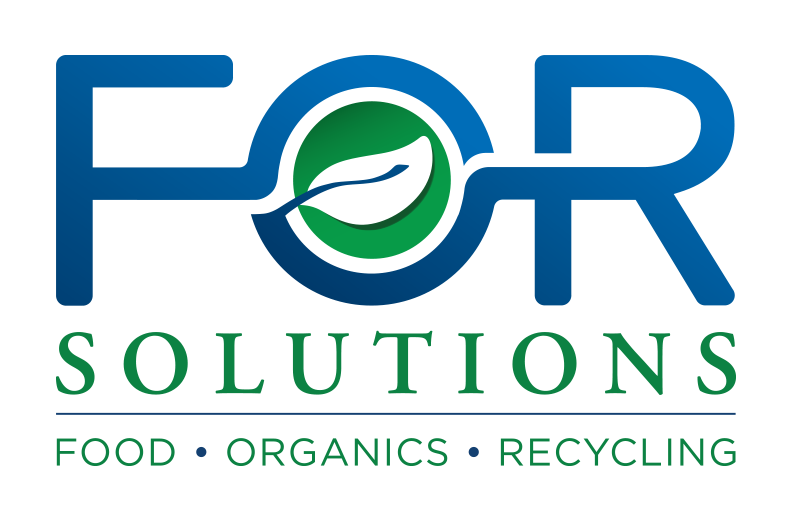Thinking Globally While Composting Locally
There is an axiom that has been used commonly for decades in the sustainability movement: think globally act locally. While this sounds like a defensible idea, making the words reality often proves difficult. Take for example a 2013 report by the Institute for Local Self-Reliance (ILSR), “a national non-profit research and technical assistance organization that since 1974, has championed local self-reliance, a strategy that underscores the need for humanly scaled institutions and economies and the widest possible distribution of ownership” titled Pay Dirt: Composting in Maryland to Reduce Waste, Create Jobs, & Protect the Bay. In the report, the ILSR suggested, “Locally produced compost is a valuable soil amendment for local food production…” (p. 3).
It further suggested, “What is needed is a highly decentralized and diverse organics recovery infrastructure that first prioritizes food rescue, backyard composting, on-site institutional systems, community composting, and urban and rural on-farm composting before the development of centralized regional facilities” (p. 23) and “the state’s composting operations, on a per-ton and a per-dollar-capital-investment basis, sustain more jobs than its landfills or incinerators….Hundreds of new jobs could be created if organic material was diverted from landfills and incinerators to composting facilities. The potential job creation would increase if a diverse composting infrastructure was developed, that included many small- and medium-sized operations” (pp. 42-43). The question becomes, how are small- and medium-sized food scraps composting operations created?
One of the most common techniques for composting the 3% of food that is currently being recovered (yes, 97% are currently being wasted by being treated like valueless garbage instead of like the incredibly valuable natural resource that it is) is windrowing. Windrows are large-scale operations requiring many acres of land, expensive equipment and substantial labor, environmental monitoring and control of leachate and methane emissions, and a lot of time (often at least 6 months) to produce compost. Because of their land requirements, it is very difficult physically to create local windrowing operations; therefore, food is also often transported great distances to locations that have the land for such facilities. Consequently, the carbon and ecological footprints of such facilities is larger than what is probably sustainable and/or desired.
Recent headlines regarding fines and lost permits for windrow food composting operations (mostly because of odor issues, but also even because of wildlife nuisance issues) suggest that the concept of economy of scale may not be valid for food composting. In other words, insofar as food composting is concerned, bigger may not necessarily be better. This is precisely what the ILSR suggested for composting in general. So, how do we create local food recovery and composting operations? The answer is on-site, aerobic, in-vessel, rotary drum digestion! Such operations requirement a surprisingly small amount of land, comparatively inexpensive equipment and little labor, virtually no environmental monitoring and/or leachate control, and very little time (about one week) to produce compost. Because of their relatively small land requirements, such operations may be situated locally, near where the uneaten food generated, thereby dramatically reducing the need for transportation over large distances. As a result, the carbon and ecological footprints of such operations are small.
Posters used to appear in the Capitol Building of our Nation that read, Composting—along with saving energy, conserving water, and reducing fossil fuel use—is one of the most Earth friendly things you can do. The most Earth friendly way to compost food is locally!


